Mesopotamia and Egypt Test, AP Art History
White Temple and its Ziggurat
Artist/Culture
Sumerian
Statues of Votive Figures (from the Square Temple at Eshnunna)
Artist/Culture
Sumerian
Standard of Ur (from the Royal Tombs at Ur)
Artist/Culture
Sumerian
Code of Hammurabi
Artist/Culture
Babylonian
Lamassu (from the citadel of Sargon II)
Artist/Culture
(Neo-)Assyrian
Audience Hall (apadana) (of Darius and Xerxes)
Artist/Culture
Persian
animism
belief that gods/spirits are embedded in nature, and that they control nature
apadana
audience hall in Persian palace
apotropaic
believed to have the power to ward off danger, evil, or bad luck
bent-axis
a pathway through or up a building that is not straight or direct, but takes a bent or angled path instead
buttress
a support of stone or brick built against a wall
citadel
fortress protecting a town
cuneiform
wedge-shaped system of writing created by Sumerians
facade
front of building
floor plan/ground plan
bird's eye map of building
hierarchy of scale/hierarchical perspective
a person's importance relates to his size relative to others in an artwork
hybrid
two or more different things joined together (usually animal forms)
hypostyle hall
a hall with a roof supported by multiple columns
lamassu
Assyrian winged human-headed bull; guardians
register
a horizontal level of artwork that is delineated from other levels
votive offering
a gift of gratitude to a deity
ziggurat
pyramid-like building whose stories indent as building progresses upwards

White Temple and its Ziggurat

Statues of Votive Figures (from the Square Temple at Eshnunna)
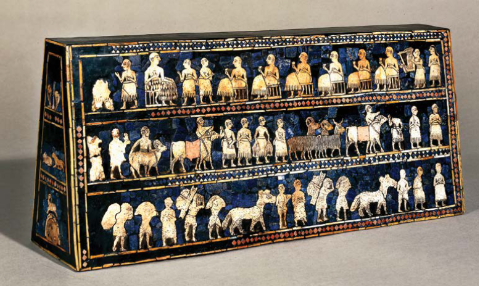
Standard of Ur from the Royal Tombs at Ur

Code of Hammurabi
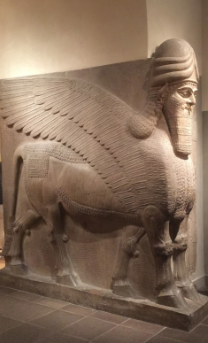
Lammasu from the citadel of Sargon II
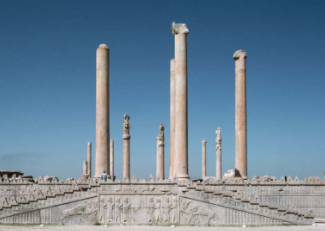
Audience Hall (apadana) of Darius and Xerxes
White Temple and its Ziggurat
Medium
Mud brick
Statues of Votive Figures
Medium
Gypsum inlaid with shell, lapis lazuli, and red limestone
Standard of Ur
Medium
Wood inlaid with shell, lapis lazuli, and red limestone
Code of Hammurabi
Medium
Basalt
Lamassu from the citadel of Sargon II
Medium
Alabaster
Audience Hall (apadana) of Darius and Xerxes
Medium
Limestone
White Temple and its Ziggurat
Location
Uruk, Iraq
States of Votive Figures
Location
Tell Asmar, Iraq
Standard of Ur
Location
Tell el-Muqayyar, Iraq
Code of Hammurabi
Location
Babylon (modern day Susa, Iran)
Lamassu from the citadel of Sargon II
Location
Dur-Sharrukin, Iraq
Audience Hall (apadana) of Darius and Xerxes
Persepolis, Iran
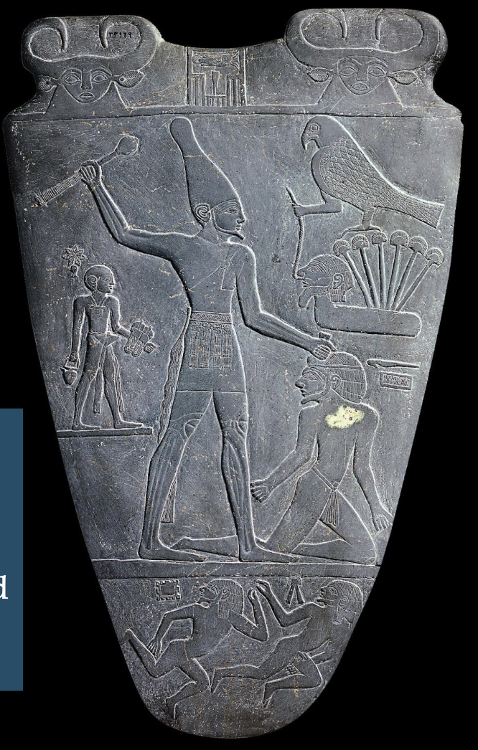
Palette of King Narmer
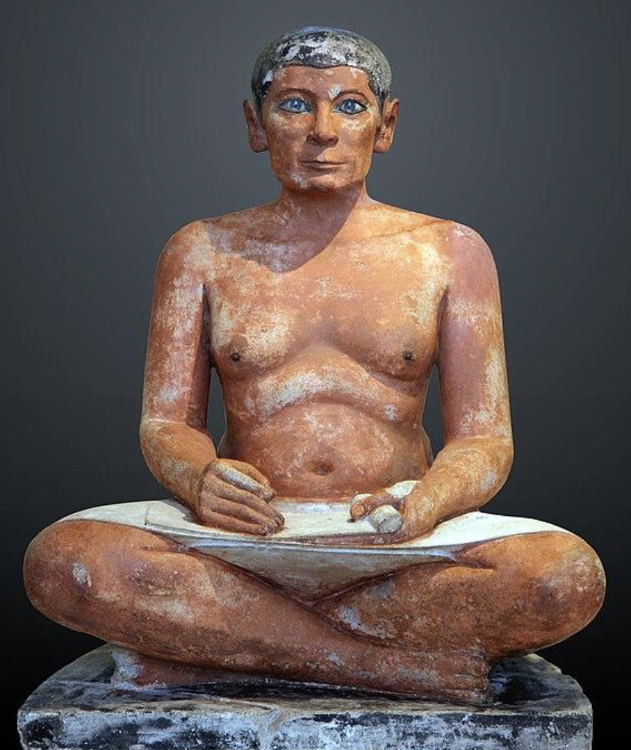
Seated Scribe
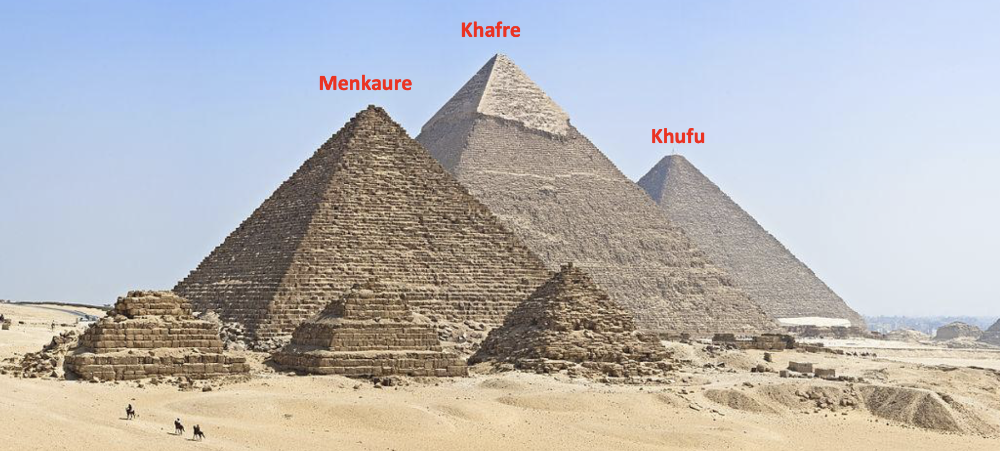
Great Pyramids (Menkaure, Khafre, Khufu)
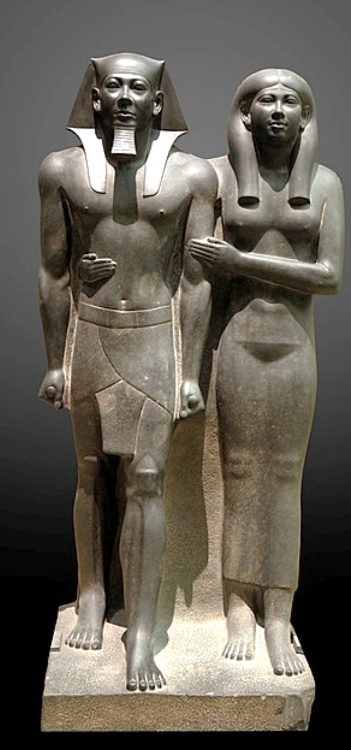
King Menkaure and Queen

Great Sphinx (goes with Khafre pyramid)
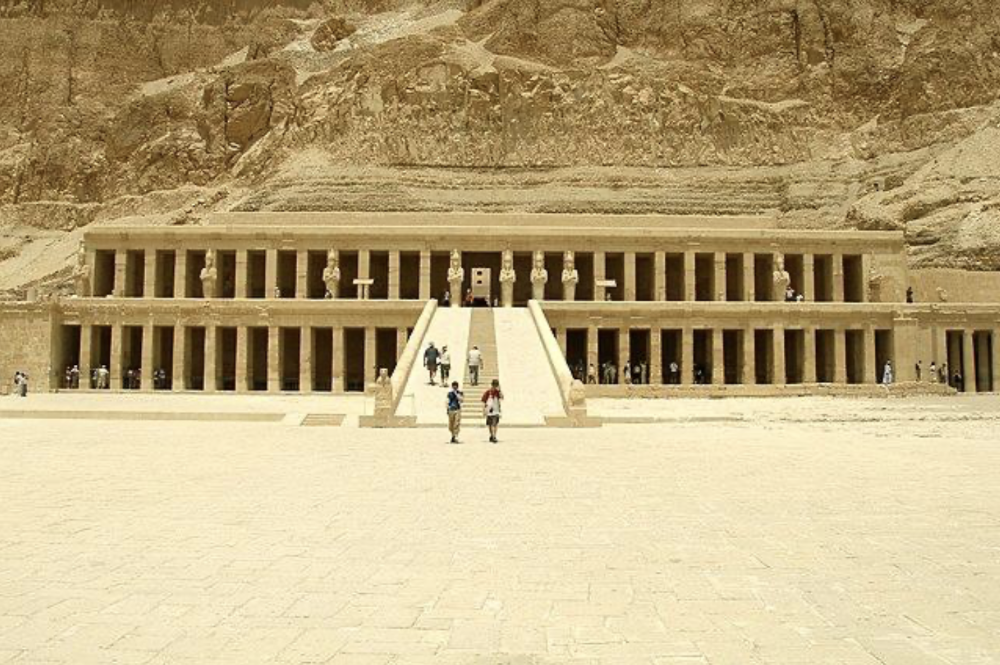
Mortuary Temple of Hatshepsut
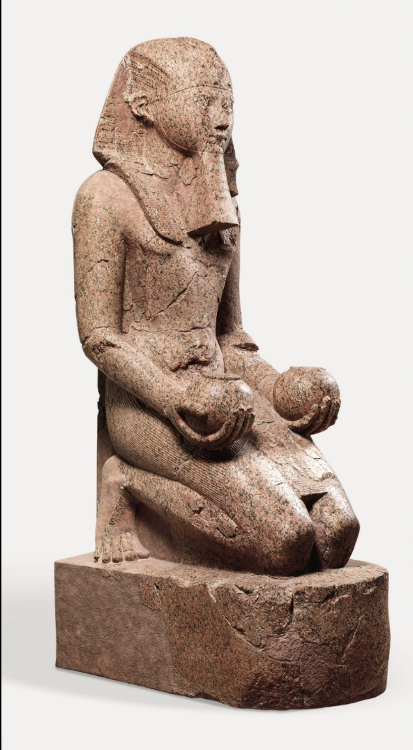
Kneeling Statue of Hatshepsut

Temple of Amun-Re and Hypostyle Hall
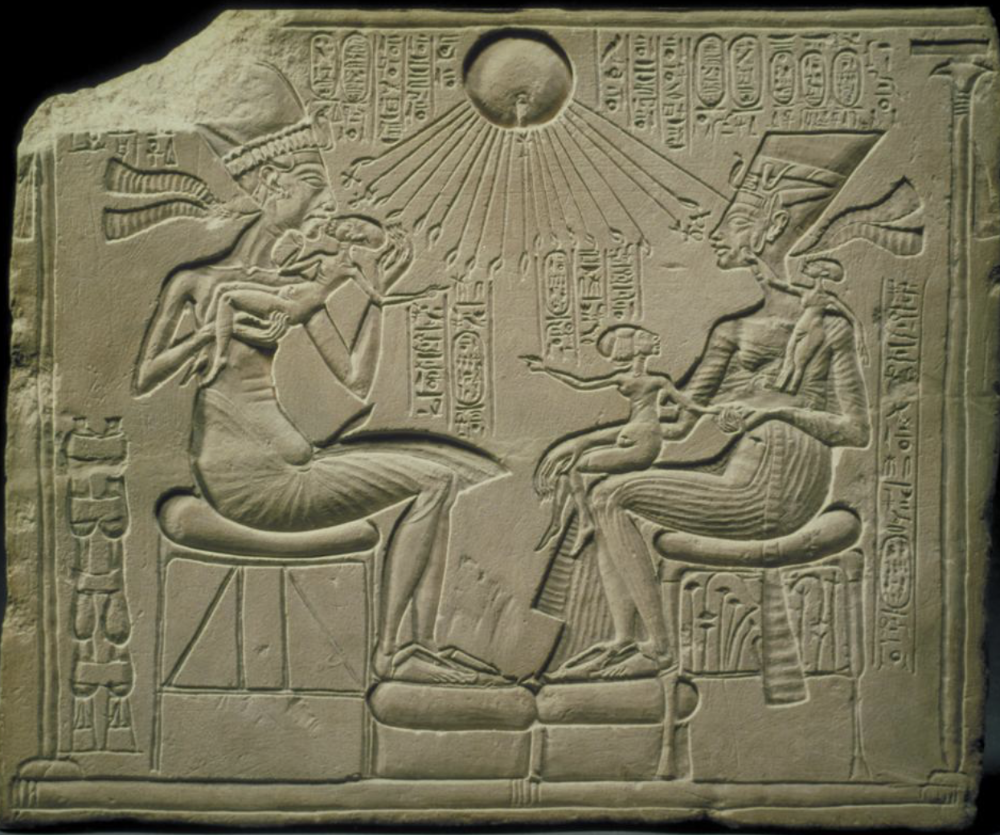
Akhenaton, Nefertiti, and three daughters
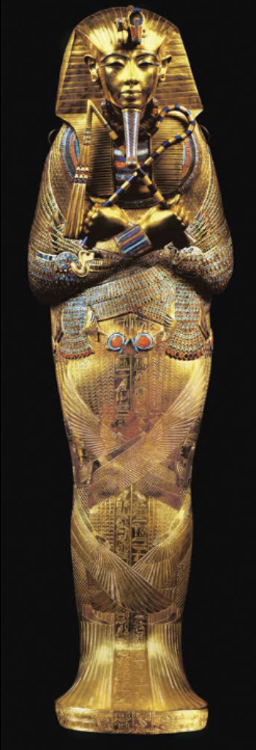
Tutankhamun's tomb (innermost coffin)

Last Judgement of Hu-Nefer
amarna style
an artistic style during the Amarna Period – Akhenaton’s rule – where traditional Egyptian conventions were abandoned for a more expressive and non-idealized style of art
ankh
an Egyptian symbol of life
axial plan
a building with an elongated floor plan
canon of proportion
a system of measurement by which artists can regulate size, scale, and
proportions
capital
top of a column
clerestory
a roof that rises above lower roofs and thus has window space beneath that lets in light
colonnade
a long sequence of columns joined by their entablature
continuous narrative
an image that illustrates multiple scenes in a single frame;
therefore, some
figures repeat
corridor axis
a long hallway or path enclosed by large stone masonry, possibly symbolized the Nile
enamel
melted and fused glass powder mixed with pigment to create color; very smooth once cooled
historical narrative
a story or sequence of events that is (or purports to be) historically accurate
in situ
on site and in its original place
ka
soul embedded in fleshly body, but upon death could live on; for the ___ to live securely, the dead body had to remain as intact as possible -> mummification developed
living rock
rock that is not detached and is still in its original setting
mastaba
simple tomb with four sloping sides which covers an underground burial chamber
narrative
artwork that conveys a story, either as an ongoing story or as a sequence of events
necropolis
greek for “city of the dead”; a complex of funerary buildings and tombs
negative space
empty space around an object or person, such as the cut-out areas between a figure’s legs or arms of a sculpture
papyrus
paper-like material prepared in ancient Egypt from Nile plants
portico
a shallow columned porch
pylon
the simple and massive gateway, with sloping walls, of an Egyptian temple
relief sculpture
figures project from a background of which they are a part
degree designated by 1) high; 2) low (bas); or 3) sunken/incised
in the last, the artist cuts the design into the surface so that the highest projecting parts of the image are no higher than the surface itself
sphinx
hybrid animal, with body of lion and head of Pharaoh/god that exhibits protective qualities
subtractive
a sculptural process including the removal of material of a block through cutting, chiseling, chipping, or scraping away
sunken relief
a type of relief carving where all lines are made into the surface, so that the design is set into the material
Palette of King Narmer
Artist/Culture
Predynastic Egypt
Seated Scribe
Artist/Culture
Egyptian Old Kingdom
Great Pyramids
Artist/Culture
Egyptian Old Kingdom
King Menkaure and Queen
Artist and Culture
Egyptian Old Kingdom
Temple of Amun-Re and Hypostyle Hall
Artist and Culture
Egyptian New Kingdom
Mortuary temple of Hatshepsut & Kneeling Statue of Hatshepsut
Artist and Culture
Egyptian New Kingdom
Akhenaton, Nefertiti, and three daughters
Artist and Culture
Egyptian New Kingdom (Amarna)
Tutankhamun’s tomb (innermost coffin)
Artist and Culture
Egyptian New Kingdom
Last Judgment of Hu-Nefer
Artist and Culture
Egyptian New Kingdom
Palette of King Narmer
Medium
Greywacke
Seated Scribe
Medium
painted limestone
Great Pyramids
Medium
cut limestone
King Menkaure and Queen
Medium
greywacke
Temple of Amun-Re and Hypostyle Hall
Medium
cut sandstone and mud brick
Mortuary temple of Hatshepsut & kneeling statue of Hatshepsut
Medium
sandstone partially carved into a rock cliff, and red granite
Akhenaton, Nefertiti, and three daughters
Medium
limestone
Tutankhamun's tomb, innermost coffin
Medium
gold with inlay of enamel and semiprecious stones
Last Judgement of Hu-Nefer
Medium
painted papyrus scroll
Seated Scribe
Location
Saqqara, Egypt
Great Pyramids and Sphinx
Location
Giza, Egypt
Temple of Amun-Re and Hypostyle Hall
Location
Karnak, near Luxor, Egypt
Mortuary Temple of Hatshepsut
Location
Near Luxor, Egypt
Last Judgement of Hu-Nefer
Location
Book of the Dead